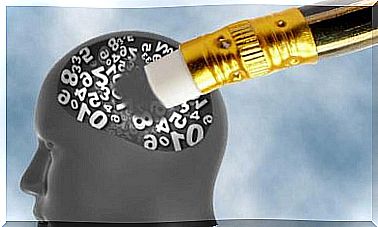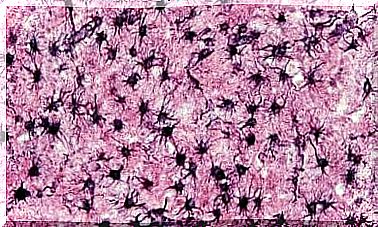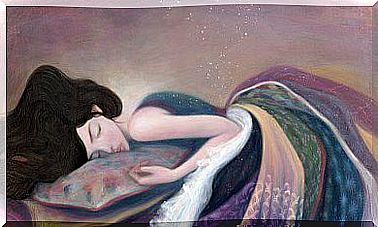Diencephalon: Structure, Functions And Curiosities
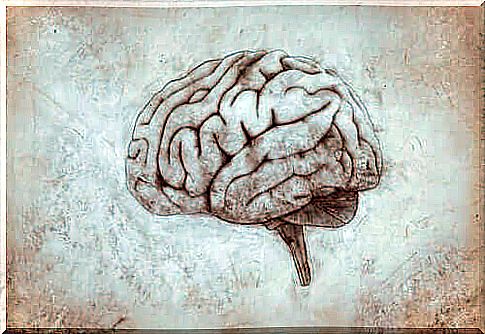
The central nervous system (CNS) is divided into two parts: the brain and the spinal cord. The brain is the most anterior part of the skull and contains one of the main structures of the brain: the diencephalon.
This structure is involved in the control of affective behavior, the regulation of consciousness, the autonomic nervous system, sleep and other factors.
What is the diencephalon?
The diencephalon derives from the forebrain or forebrain, the most front part of the brain in early embryonic development. As the forebrain grows, it divides into diencephalon and telencephalon until it becomes a bridge between the midbrain and the telencephalon.
It is located below the corpus callosum and fornix, and joins the telencephalon hemispheres on the sides. Therefore, it is located in the middle part of the brain.
The structures of the diencephalon have connections with the rest of the nervous system, including the cortical and subcortical areas. Therefore, it is a center that sends and receives nervous signals (afferents and efferents, respectively) and plays a fundamental role in the proper functioning of multiple biological processes.
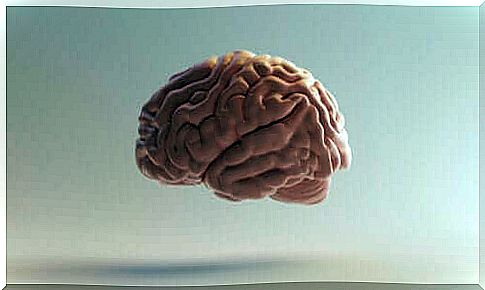
Structure and functions of the diencephalon
The diencephalon consists of 4 main structures. Are the following:
epithalamus
- Structure: The epithalamus contains the pineal gland or epiphysis, the habenula nuclei, the medullary thalamic stria, the posterior white commissure, the habenular commissure, the tectorial lamina, and the choroid plexuses.
- Functions: regulates the circadian rhythms of hormonal secretions, mainly linked to the light and dark cycles. It also has an influence on the gonadal sphere (testicles and ovaries) and, in addition, it is responsible for the secretion of melatonin.
thalamus
- Structure: divided into anterior thalamus, medial thalamus and lateral thalamus. This, in turn, contains a dorsal region, a ventral region and the metathalamus.
- Function: It works as a relief between cortical and subcortical connections. It is a receptor for sensory stimuli, except for the olfactory ones, which reach the cortex directly. Furthermore, it intervenes in the regulation of consciousness and the sleep cycle.
subthalamus
- Structure: it is composed of the subthalamic nucleus of Luys, the uncertain zone, the prerubric field of Forel, the globus pallidus and the dorsal compact and ventral reticular portions of the substantia nigra.
- Functions : participates in movement regulation and is related to the production of dopamine and, therefore, to the brain’s reward system.
hypothalamus
- Structure: divided from front to back into anterior, middle and posterior hypothalamus. It contains a periventricular zone, one medial and one lateral.
- Functions: it is the regulatory center of visceral functions through the vegetative and endocrine systems. Furthermore, it regulates affective behavior through the limbic system, maintains homeostasis and produces the hormones vasopressin and oxytocin.
In addition to these structures, the diencephalon has a cavity, called the third ventricle, which is located under the thalamus. This ventricle allows the circulation of cerebrospinal fluid and helps maintain the shape and structure of the brain, keeping it healthy.
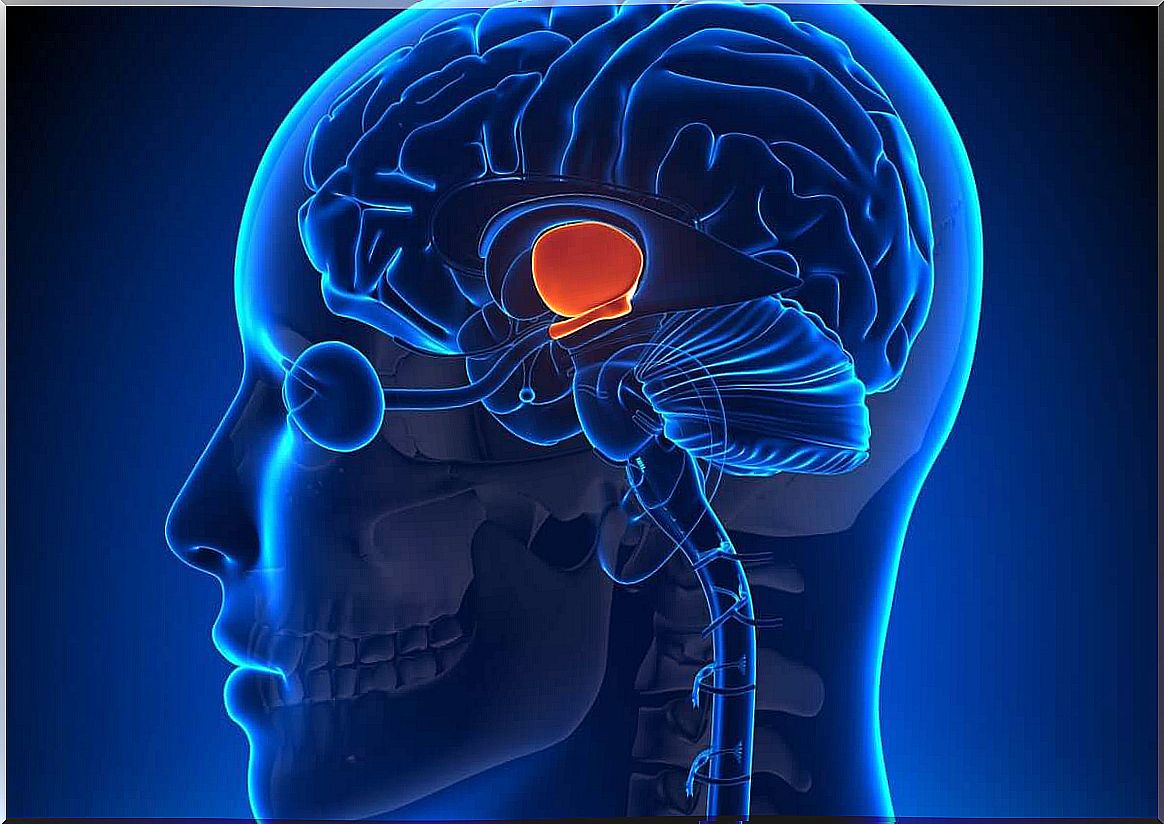
Curiosities about the diencephalon
The diencephalon is the control center that makes our body maintain its internal balance or homeostasis. We show you some of your curiosities:
- It represents only 2% of the total weight of the nervous system.
- The pituitary is linked to the hypothalamus and is involved in processes such as reproduction and growth through the action of hormones.
- Maintains body temperature.
- Regulates appetite and therefore food intake.
- The habenula, part of the epithalamus, is related to fear and depression.
- Regulates the endocrine activity of the adenohypophysis (or anterior pituitary).
- It is the main modulator of the functioning of the Vegetative Nervous System.
The diencephalon, stress and emotions
The diencephalon also participates in neuroendocrine responses to stress. In fact, a published study of the relationship between the hypothalamic-pituitary-adrenal axis and stress appears in the journal Dialogues in Neuroscience . It indicates that animals, to respond to stress, activate a range of physiological and behavioral responses associated with this axis.
The authors explain stress as a state of real or perceived threat. As the hypothalamus regulates homeostasis, it manages the situation by working in concert with the nervous, endocrine, and immune systems.

Likewise, the enormous importance of the hypothalamus in generating emotional behaviors has been demonstrated . H. Nakao, in a study published in the American Journal of Physiology , found that stimulation of the hypothalamus in cats through implanted electrodes led to aggressive responses.
Thanks to the diencephalon, a little-known “great administrator”, communication between the cortical and subcortical levels is possible. It also allows us to maintain the balance of our bodies and the regulation of our emotions, always hand in hand with other systems. A control center as wonderful as it is effective.


